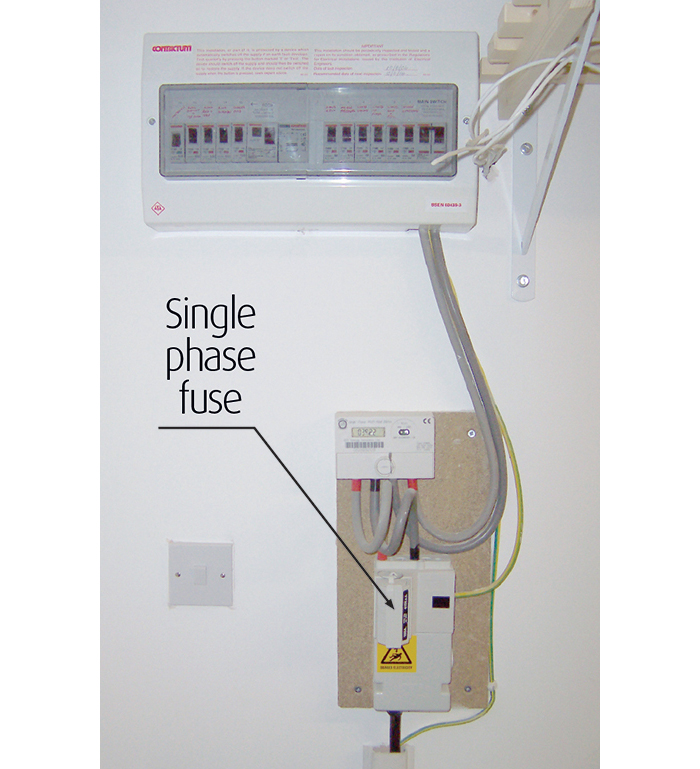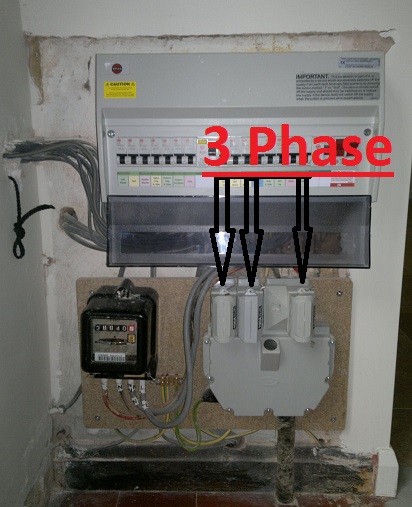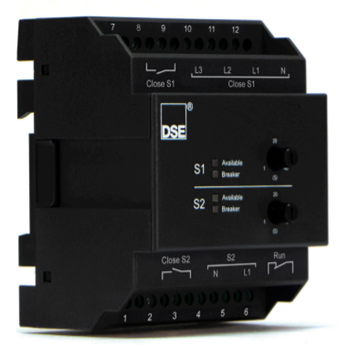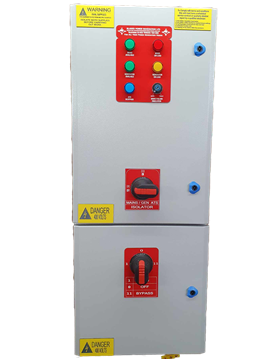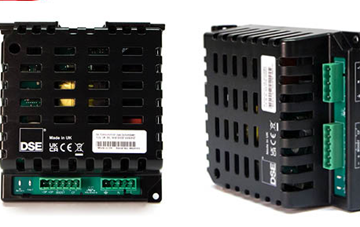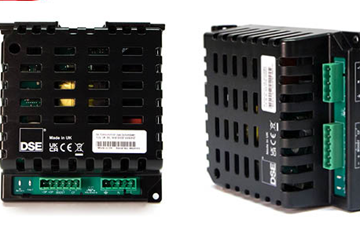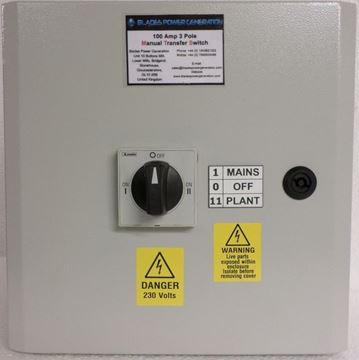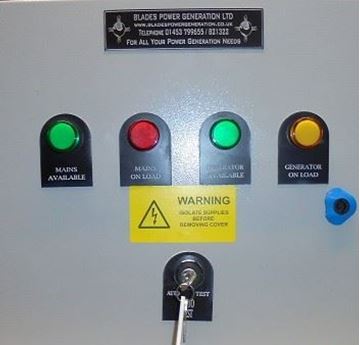What Would We Do Without Electricity?
The short answer is that we would be living like that ancient fellow in the Amazon jungle who was found dead a couple of weeks ago, and who had no contact with humans in the outside world. All he knew was hunting and fishing and being able to build himself a home by digging holes in the ground.
He didn’t have light, except for daylight. He didn’t have a laptop. He didn’t have a fridge or freezer. He didn’t have a TV. He didn’t have a shaver. He didn’t have hot water. The list of things that he didn’t have goes on. We have all of these things, (with the possible exception of the shaver if you are of a female persuasion!). What would we do without them all?
The answer is that we would be in the dark, both figuratively and literally. Yet, the way that climate change is going, and the race to get to green power without producing a carbon footprint means that in the not-too-distant future, power blackouts could become a regular feature of our lives.
That is no fun at all and is the reason why a lot of smart people are investing in a home generator which can produce power when the mains power goes down. Anyone who has the space for a generator can do this.
However, there are certain things to take into consideration, the size of the generator being one of them. It needs to produce enough power to run everything that you want to run.
A Transfer Switch
You also need a manual transfer switch or an automatic one. A manual transfer switch is much cheaper than automatic. What happens is that when the power goes down, you have to go and start your generator and then switch from mains power to generator using the manual changeover switch.
Why do you need a changeover switch? Because if you start the generator and the mains comes back on and the two are connected, you will burn out the generator. It can also work the other way. The generator can produce power which would go into the mains and very easily cause injuries to workers trying to restore the power.
So, the system is set up so that you cannot have mains and generator power at the same time. The way that works is that you use the manual changeover switch to switch from one to the other, either when the power goes down or when it is restored.













